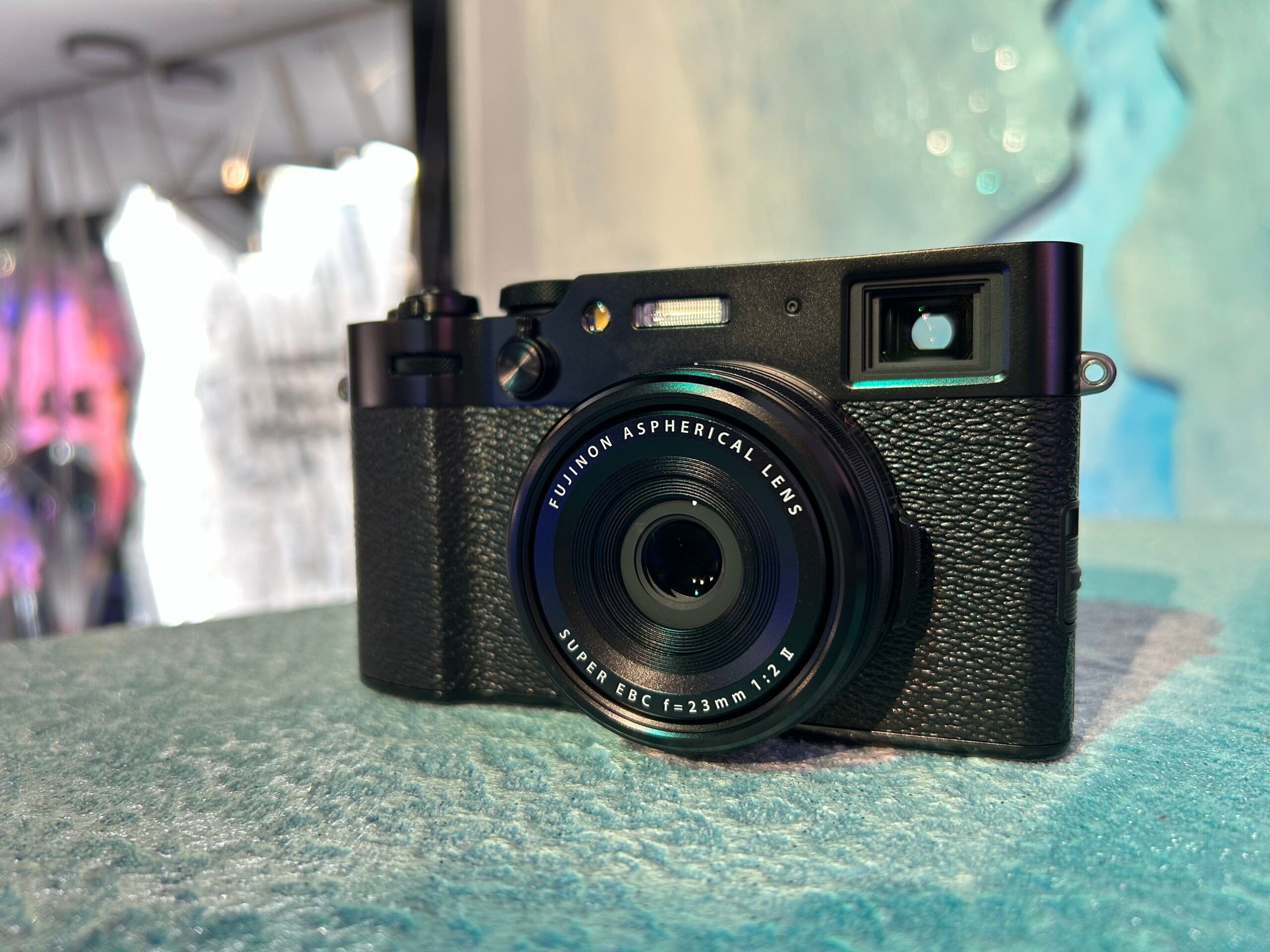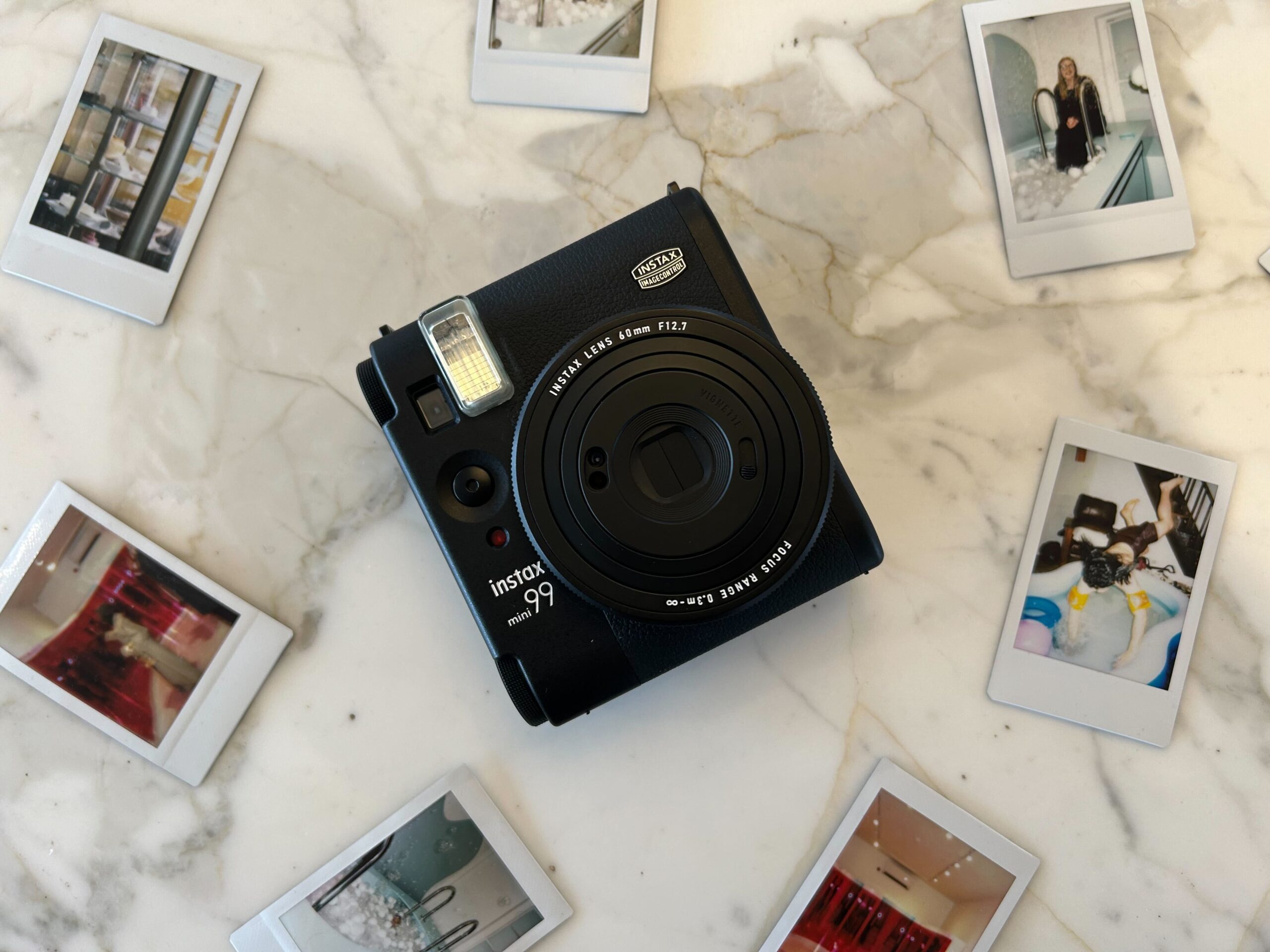Sony ZV-E10 Review
A good camera for vlogging
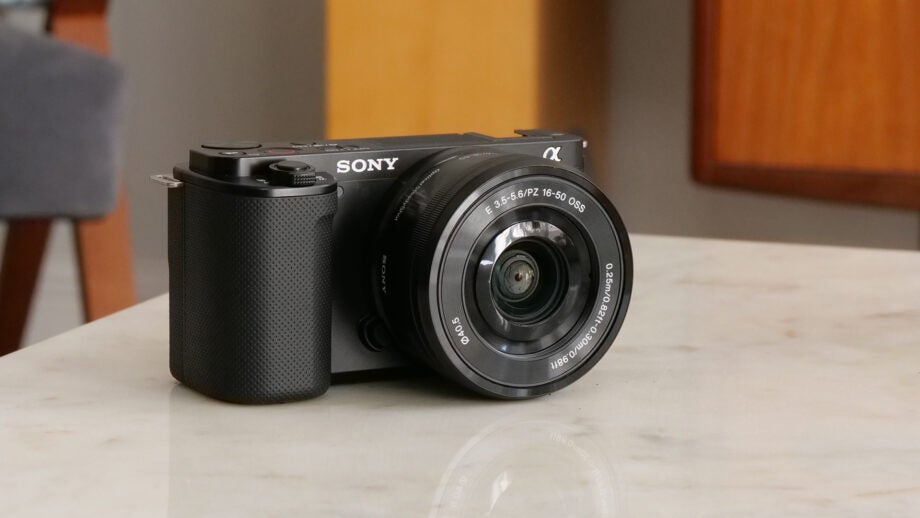

Verdict
The perfect entry-level mirrorless camera for would-be YouTubers and vloggers, the ZV-E10 makes capturing good-looking 4K and Full HD clips easy. Packed with useful video-centric features, it’s also sufficiently small and lightweight to take almost anywhere, while its support for E-mount lenses means its performance can be adapted and improved if required.
Pros
- Small and lightweight
- Good video quality and options
- Fast, accurate autofocu
- Beginner-friendly features
Cons
- No viewfinder
- Big crop with electronic image stabilisation
- Limited touchscreen functionality
Availability
- UKRRP: £680
- USARRP: $700
- EuropeRRP: €750
- CanadaRRP: CA$899
- AustraliaRRP: AU$1099
Key Features
- Face and eye detection autofocusKeeps the subject’s face in sharp focus automatically
- Front-facing screenThe touchscreen twists and flips around the side of the camera to face forwards
- 4K videoThe camera can record 4K video clips at 24 and 30fps, or 1080p at up to 60fps
Introduction
The Sony ZV-E10 is the company’s most vlogger-focused mirrorless camera to date, an entry-level offering designed to give would-be YouTube and Instagram stars the ideal tool to “level up” their video content.
The ZV-E10 comes with a good-sized APS-C sensor capable of capturing 4K movies, image stabilisation, real-time autofocus tracking for eyes and faces and, of course, the ability to change lenses and therefore the whole look of a shot. There’s even a wind screen for the three-way microphone thrown in.
Compact and lightweight, too, particularly when paired with the 16-50mm power zoom kit lens (available in a £770 bundle), this is a relatively affordable camera. But is it truly the best choice for an aspiring vlogger seeking to up their game? Sony’s own ZV-1 compact camera is smaller, cheaper and also aimed at vloggers, while its A6100 is of a similar size and price while including an electronic viewfinder and a bit more depth on the still photography front.
Having spent a few days testing the ZV-E10 through shooting videos, vlogs and photographs, both outside and indoors, I believe it does enough to earn a recommendation over both of Sony’s in-house alternatives and a number of rival manufacturers’ entry-level mirrorless models – despite some notable flaws.
Design and Handling
- Tilting, flipping LCD screen
- Included wind screen
- Small and lightweight build
The Sony ZV-E10 is among the smallest and lightest mirrorless cameras on the market, weighing 343g (without a lens, but with its battery and an SD card inserted) and measuring 115.2 x 64.2 x 44.8mm. With a compact, lightweight lens such as the aforementioned 16-50mm zoom fitted, it makes for an extremely portable setup that I was even able to fit into some of my coat’s pockets. Fitted with a higher-quality lens such as Sony’s 14mm F1.8 GM, not surprisingly it becomes far bulkier and heavier; but I suppose that’s the price you pay for better image quality.
One thing that helps Sony to keep the size (and price) of the ZV-E10 down is the lack of electronic viewfinder here, Sony presumably having decided that the ZV-E10’s more video-focused users wouldn’t miss it too much. On occasion I found myself wanting to peep through a viewfinder while taking still photos, but overall I didn’t mind its omission – the 3-inch touchscreen is bright and clear, and even outdoors on a sunny day I was able to use it to frame and review my shots.
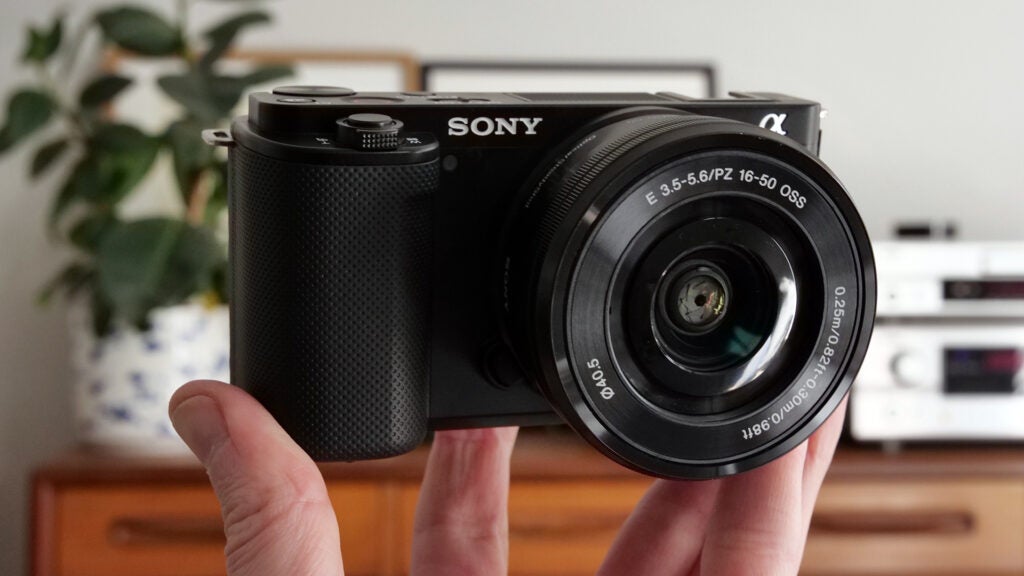
The screen’s design is a bit of a departure for Sony, which has often favoured screens that merely flip upwards and downwards. This one flips out to the side, which is much better from a vlogging and selfie-taking perspective (there’s no chance that a hot shoe-mounted microphone or accessory can block the screen from the user’s view). The only time my view was obscured was when a USB or HDMI cable was connected, because these ports sit in front of the screen when it’s facing forward. A bit of a pain, but one I can live with.
The screen supports touch control – to a point. You can set an autofocus point by tapping your finger on the display, but you can’t scroll through images or change settings in the menu, which feels like a missed opportunity.
Despite that, I found the handling and controls to be decent in general. You can cycle between the three main shooting modes (video, photo and slow/fast motion) by tapping a single button and quickly adjust many of the settings by hitting the “Fn” button. As such, I didn’t find myself having to delve into the actual menu screens too often.
Note, too, that this Sony camera comes with a tally light, so you’ll instantly know when the device is recording and when it isn’t. There’s a furry wind screen for the mic, too, to help reduce background noise when you’re filming outdoors (I tried it, and it works).
Features
- Face- and eye-detection autofocus
- SteadyShot image stabilisation
- USB streaming and power supply
Sony’s mirrorless cameras have some of the most accurate and quick autofocus systems around, and this is an area where the ZV-E10 feels at its best. The hybrid system here tracks moving subjects well (you can tap on the screen to select an object to be tracked); but for vloggers, it’s the face and eye detection that will appeal most. This recognises human facial features (and animal features, following a firmware update) and keeps them constantly in focus, so you or your subject can shift in the frame without worrying too much about whether you’re blurry or sharp.
In addition, autofocus is quick when shooting photos and general video, and Sony has helpfully included a Product Showcase mode aimed at influencers and reviewers who want to hold objects up in front of the camera. With this mode engaged, the camera will swiftly shift focus between the face of the person presenting the video and anything they hold up – or, at least, that’s the idea. I found it a little fussy and hesitant at times, but it definitely offers an improvement over the standard face detection-based mode.
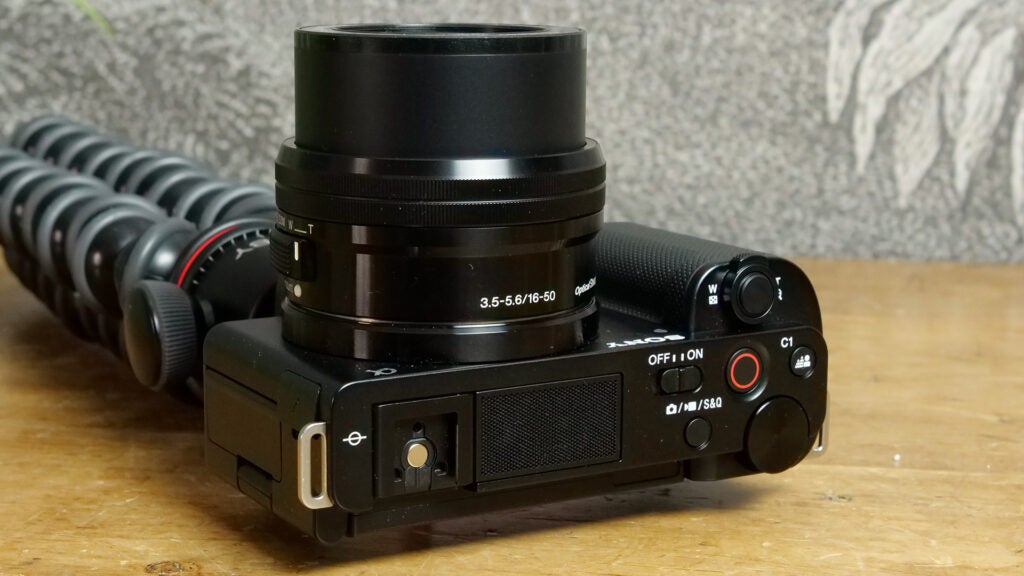
The ZV-E10 also comes with SteadyShot image stabilisation, although not the in-body optical stabilisation offered by pricier Sony models such as the A6600. This means the ZV-E10 can only apply optical stabilisation if the attached lens has Optical SteadyShot built-in; the 16-50mm kit zoom does, but a good number of Sony’s other E-mount lenses don’t. However, the camera can apply digital image stabilisation with any lens, and combine optical and digital stabilisation when using an Optical SteadyShot lens; but this comes with a drawback in the form of quite a severe crop to the image, which makes things very tight for vlogging – even at 16mm.
Having attempted some walk-and-talk vlogging with the three available stabilisation settings (off, standard and active), I can see a huge difference between off and the standard setting, but the active (digital, for instance) setting doesn’t add a huge amount extra over standard, in my opinion – perhaps not enough to justify the crop it requires. With stabilisation turned off, the background is distractingly bouncy and jerky. However, with only standard (optical, for instance) turned on, things become a lot more comfortable to watch.
In terms of connectivity, the USB-C port here is the star. Not only does it support expected features such as data transfer and battery recharging, but it can also be used as a constant power supply (so you can capture long videos without draining the battery) and for live-streaming (in conjunction with Sony’s desktop webcam app). Battery life is decent, allowing for at least an hour of real-world recording per charge – but having the option to swiftly top it up, or avoid using it completely thanks to the USB port, is invaluable.
The Sony ZV-E10 also comes with a mini-HDMI output for connecting to a TV or monitor for playback (not external recording) and a dedicated 3.5mm microphone and headphone port that more enthusiastic video users will find useful. Storage is courtesy of a single SD card slot, which sits at the bottom of the camera, next to the battery slot.
Image Quality
- 4K at 30fps or 1080p at 60fps
- Supports S-Log2 colour profile
- 24.2-megapixel still photos
When it comes to shooting video, the Sony ZV-E10 offers one main choice: do you want crisp, detailed 4K at up to 30fps, or softer 1080p at a smoother 60fps? Video shot in 4K looks beautifully clean and rich, so I’d personally choose that every time. However, dropping down to Full HD does also allow the use of the S&Q (Slow and Quick) recording modes for up to 5x slow motion.
The movie options may seem limited to anyone coming from a more advanced video-focused camera such as the Panasonic GH5 Mark II or GH6, or one of Sony’s own A7-series models, but for its price the ZV-E10 feels like it offers enough – and doesn’t get overly complicated for the sake of padding out its spec sheet. There are touches that both newcomers and the more experienced user will enjoy.
Beginners might appreciate the button that instantly blurs or sharpens the background, for instance, while more seasoned videographers will know that they can simply adjust the aperture setting to do the same thing – but will likely love the fact that they can capture footage in a number of picture profiles such as S-Log2, then grade and correct footage in post-production (all our test footage was shot in S-Log2, then colour-corrected and graded using DaVinci Resolve).
Still photography may not feel like a priority for the Sony ZV-E10, but it can still produce some great results. I’ve given these sample shots some slight tweaking in Lightroom, but the 24.2-megapixel JPEGs straight from the camera look acceptably rich and sharp when using the 16-50mm lens, and users have the option to shoot in RAW, if they prefer to process images themselves.

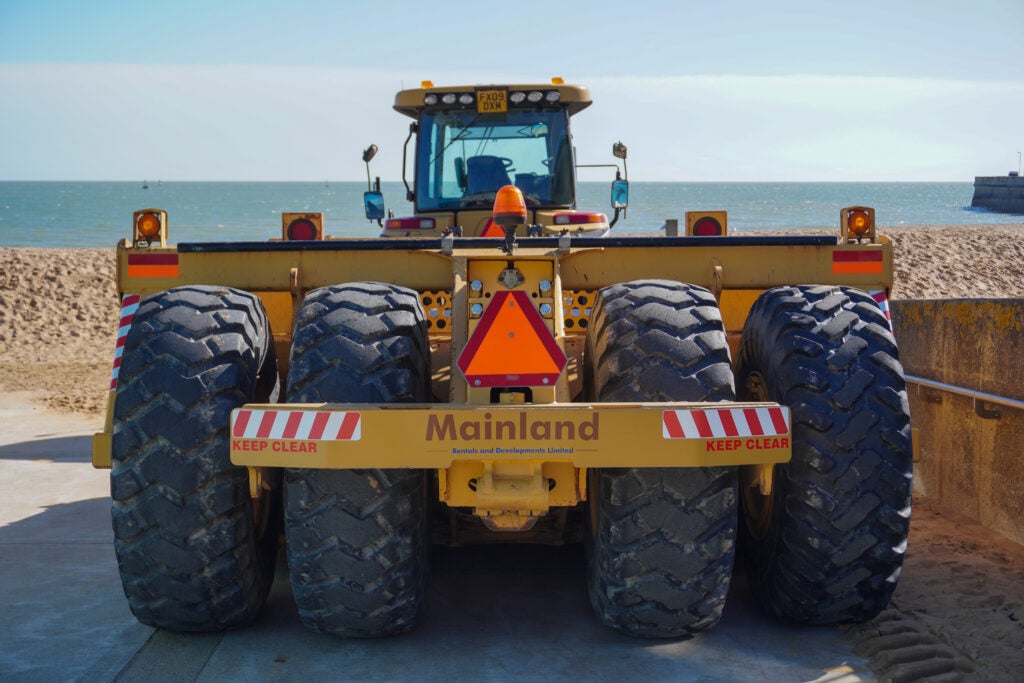
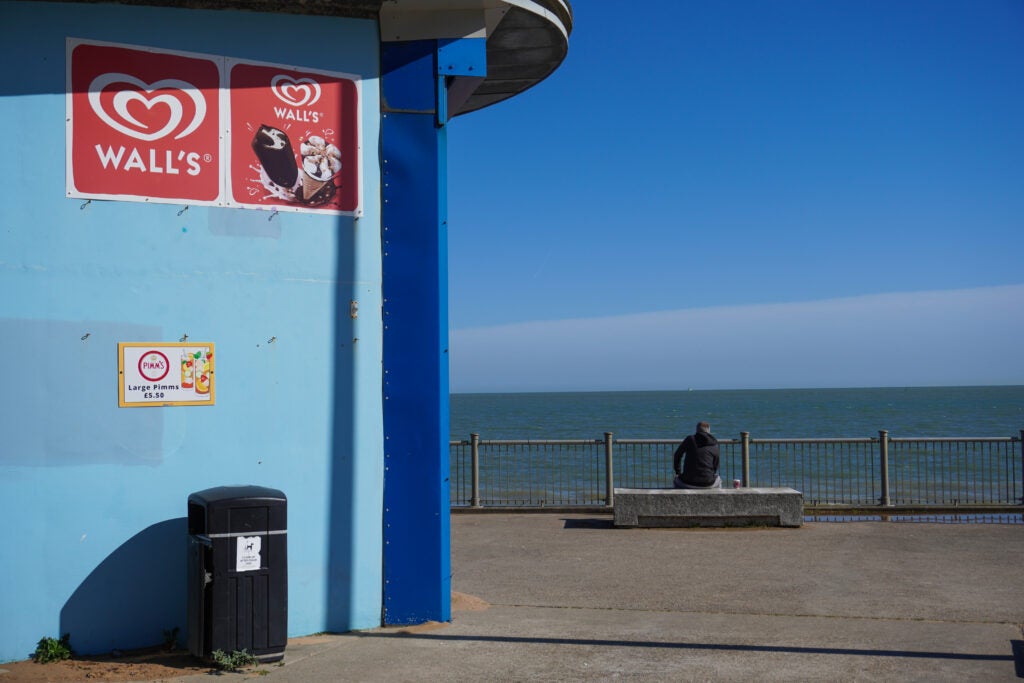
Latest deals
Should you buy it?
If you’re taking your first steps into serious vlogging or content creation, the ZV-E10 is perhaps the ideal gateway camera. It’s built to make capturing detailed, colour-rich and stable clips a cinch. It’s portable enough to take almost everywhere you go, can be expanded with new lenses, and it’s affordable to boot.
Those looking for the best in video quality and image stabilisation may be a tad disappointed by the ZV-E10’s lack of in-body stabilisation and limited selection of recording modes. A camera such as the Panasonic GH5 II/GH6, or one of Sony’s full-frame models such as the A7 III, are a lot better-equipped in this regard.
Final Thoughts
Sony has clearly put much thought into the ZV-E10, including several great features for vloggers. The side-flipping screen, the tally light, the furry wind screen and the Product Showcase mode all make this camera better suited to content creators than the Sony A6100 (which it strongly resembles in many other ways), and the lack of a viewfinder isn’t going to bother those folk who are mainly using the camera from in front of its lens.
The ZV-E10’s main rival might actually be Sony’s other vlogger-centric camera, the ZV-1. Smaller and cheaper, it doesn’t offer the flexibility of a unit with interchangeable lenses, but its built-in lens is bright and sharp. It’s definitely worth considering if you’re not sold on the need to swap lenses; but, as it stands, the ZV-E10 offers great video performance and features for its entry-level price, not to mention the versatility and expandability of its E-mount lens system.
How we test
We test every camera we review thoroughly. We use set tests to compare features properly and we use it as our main device over the review period. We’ll always tell you what we find and we never, ever, accept money to review a product.
Tested in varying conditions
Tested both photo and video skills
FAQs
It uses the same NP-FW50 battery as many of Sony’s other cameras. It can be charged internally via the USB-C port.
There is a single SD card here.


